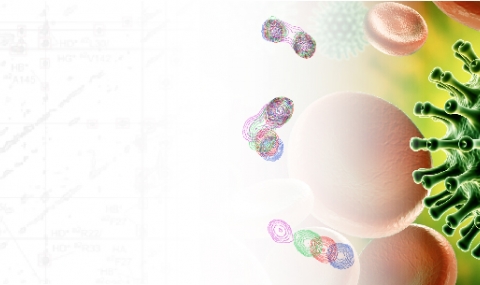Binding of the human immunodeficiency virus type 1 (HIV-1) to its target cells is mediated by the envelope glycoprotein gp120, located on the outer surface of the viral membrane. Initially gp120 binds to CD4 exposing a binding site for a co-receptor which can be either the CCR5 or the CXCR4 chemokine receptors. Binding to the coreceptor is obligatory for infection. CCR5 is the major coreceptor used by HIV-1 for infection. CCR5 interaction with the gp120-CD4 complex involves its amino-terminal domain (Nt-CCR5) and requires posttranslational sulfation of 2-4 tyrosine residues in Nt-CCR5. The interactions between gp120 and peptides corresponding to the N-terminal segment of CCR5 and that contain sulfated tyrosine residues are being studied at atomic resolution using transferred-NOE and asymmetric deuteration of the components the ternary complex formed by gp120, a CD4 mimic peptide and Nt-CCR5 peptides. The structural information gained from this study could be applicable in developing HIV-1 entry inhibitors targeting the CCR5 binding site on gp120.


